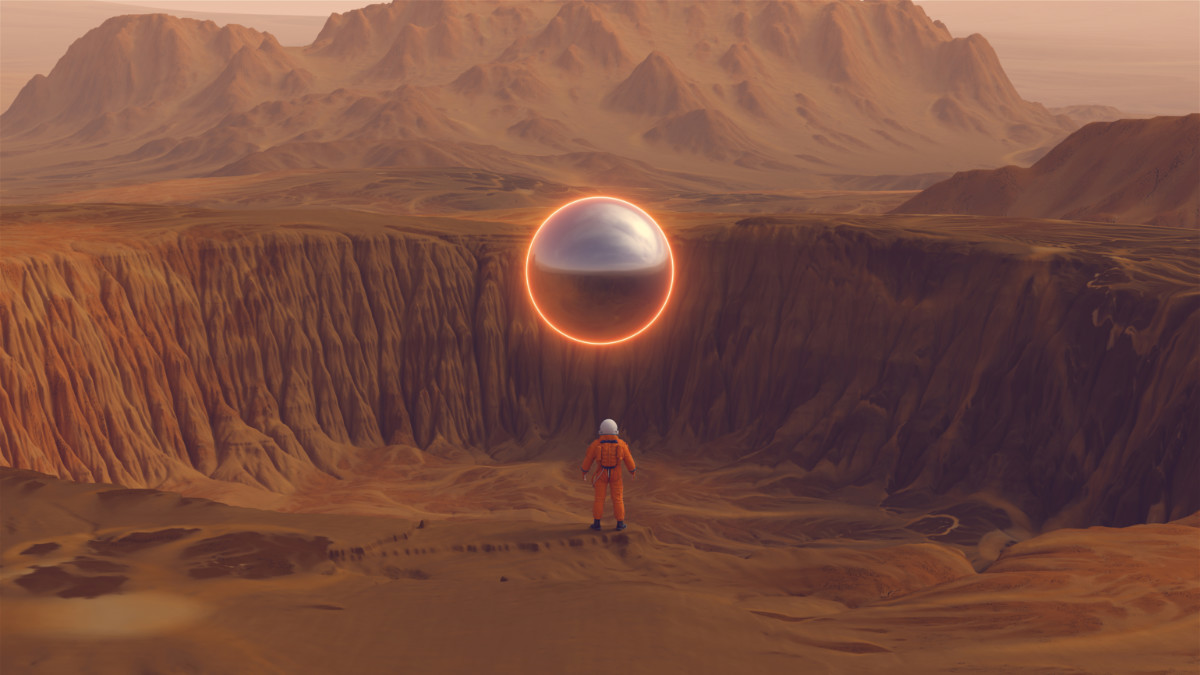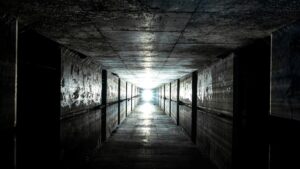Double Win: Uvre uncovers 5km uranium trend, new ‘Big Sally’ target at East Canyon in Utah

A much larger spread of uranium anomalism is now apparent than was previously known at East Canyon. Pic via Getty Images
- A 5km uranium trend and uranium anomaly called Big Sally have been identified at Uvre’s East Canyon project
- Two major trends have also been outlined with a much larger spread of uranium anomalism present
- Follow up on ground exploration work to begin shortly
A 5km east-west trend uranium trend and anomalous uranium target named ‘Big Sally’ have been defined at Uvre’s East Canyon project in Utah.
The East Canyon project is in the Uravan Mineral Belt and Salt Wash ore producing districts of the Colorado Plateau, an important source of uranium and vanadium in the US for more than 100 years.
Historic production in the region amounts to more than 85 million pounds of uranium at an average grade of more than 0.13% U3O8 and more than 440 million pounds of vanadium at an average grade of 1.25% V2O5.
The district hosts several significant uranium-vanadium operations, including Energy Fuels’ La Sal Complex mines and development projects, and the White Mesa Mill which is the only fully licensed and operating conventional uranium-vanadium mill in the US.
‘Opportunity to assess along strike’
A recently flown airborne magnetic and radiometric survey at Uvre’s (ASX:UVA) East Canyon project has returned exciting results, uncovering a 5km anomalous uranium trend in the northern project area.
The trend includes the areas of previously known historical mines/workings and prospects like Big Lead, None Such, Bonanza, Bonanza Group, Bonanza East and Stateline.
While these historical prospects were previously known, the 5km trend highlights the potential opportunity to assess along strike between these prospects for continuous uranium mineralisation.
An additional prominent anomaly has been identified southwest of Big Lead prospect, named Big Sally.
It is a radiometric anomaly that measures 600m laterally between the U2/Th ratio peaks.
Future work
Uvre will soon assess and evaluate the Loya Ray trend, a 2.4km strike length of anomalous U2/Th trend which is supported by high grade uranium rock chip sampling at the historical mine/workings on the western portion.
Mapping and scintillometer test work will be carried out, and rock chips returning high scintillometer values will be collected and submitted to a certified laboratory for assessment of uranium, as well as sampling for vanadium and rare earth elements.
Meanwhile, follow-up work will be conducted along the 5km East-West Trend using the same methodology as Loya Ray with field mapping, scintillometer test-work, and laboratory rock chip analysis.
The timeframe to conduct this work will depend on results and activities carried out at Loya Ray, as well as seasonal weather permitting field access.
This article was developed in collaboration with Uvre, a Stockhead advertiser at the time of publishing.
This article does not constitute financial product advice. You should consider obtaining independent advice before making any financial decisions.
Related Topics

UNLOCK INSIGHTS
Discover the untold stories of emerging ASX stocks.
Daily news and expert analysis, it's free to subscribe.
By proceeding, you confirm you understand that we handle personal information in accordance with our Privacy Policy.








